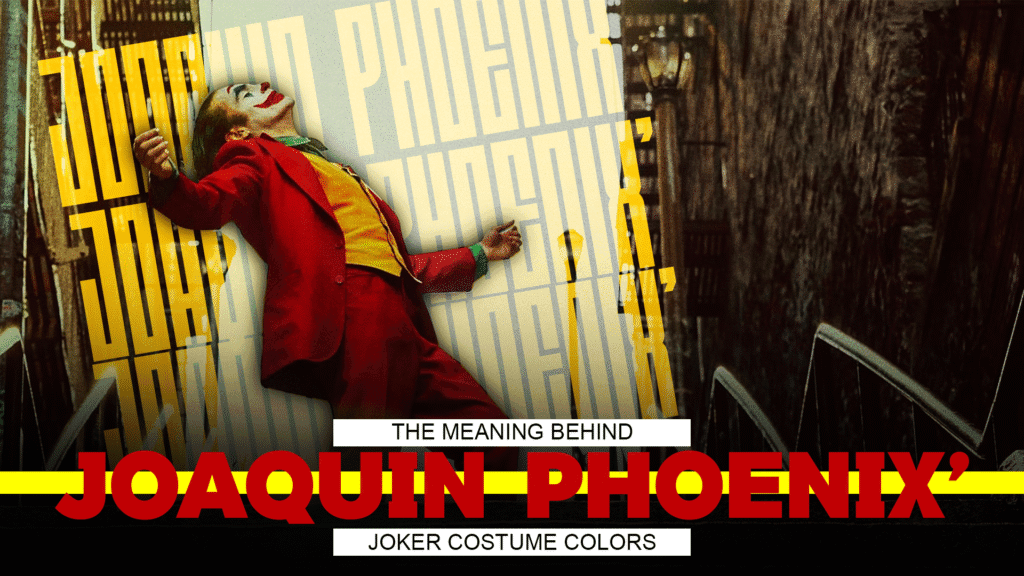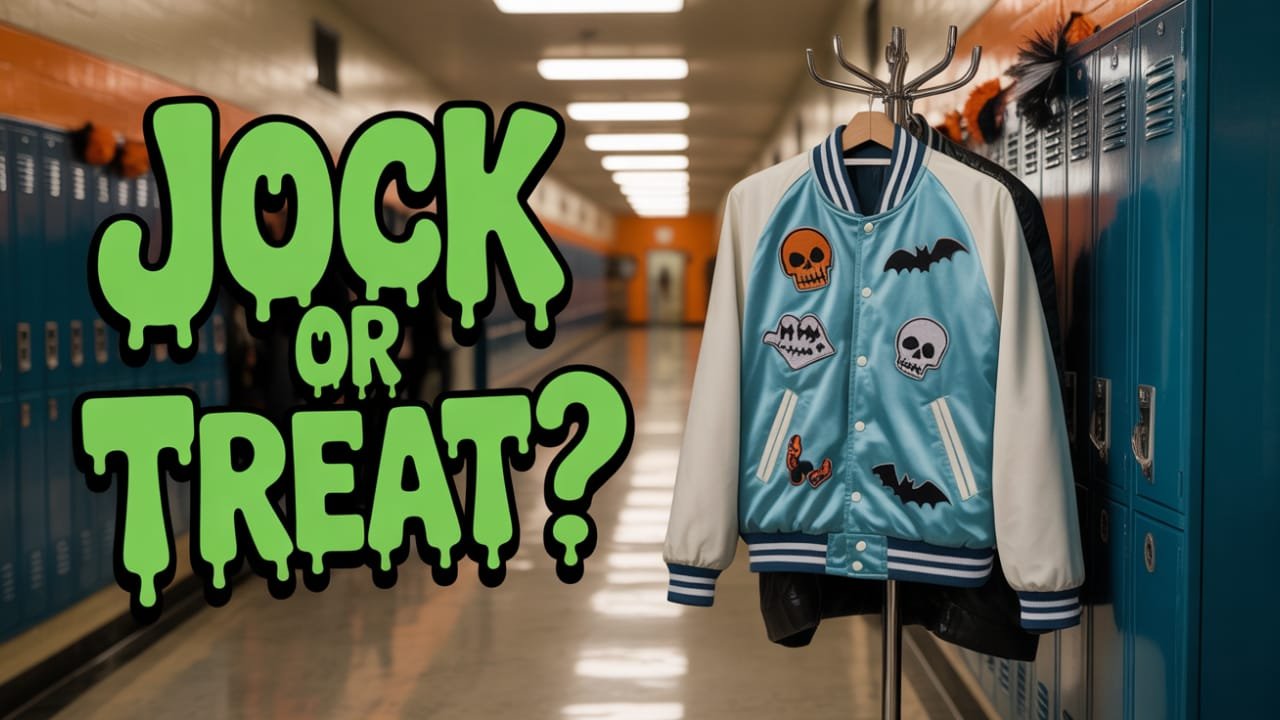A supervillain hellbent on laying waste to everything around him was once a man with nothing around him.
Joker, a famous DC Comics character introduced in 1940, was supposed to appear in only one chapter and meet his demise at the hands of Batman, but his villainous charm captivated the fans, and they demanded more of him.
What was supposed to be a one-time bad guy with messy makeup and grunge hair transformed into an everlasting sensation.
Joker’s appeal transcends time and even fandoms. You don’t strictly have to be a DC fan to be a Joker fan. Action lovers, fashion enthusiasts, and dramedy fans all come together when the topic revolves around Joker. From Joker’s red outfit to his manic antics, his aura reaches far beyond the television screens and comic pages, and it shows.
The Dawn of the Diabolical Nemesis
Born in 1940, writers initially introduced Joker as a typical bad guy meant to be defeated by Batman readily. However, it was in his fate to be a star, much to Batman’s dismay. After fans gave a heartfelt response to the character, writers brought Joker back, and this time, he was here to stay.
Joker became Batman’s ultimate nemesis, who to this day haunts him and Gotham City in one way or another. Over the years, he has adopted different personas. From the notorious bank robber to an elaborate prankster to the murderous Joe, not sparing anyone in his path.
Different actors gave different renditions on the big screen through the years as well. First was the comedic criminal prankster Joker, played by Cesar Romero. He gave us the first-ever visual representation of the character.
Then there was Jack Nicholson’s flamboyant portrayal of the character. We then received the anarchic version by Heath Ledger, followed by the edgy gangsta-type Joker by Jared Leto. Last but not least was Joaquin Phoenix’s deeply tragic and melodramatic version of Joker, who is also our main focus today.
Joaquin Phoenix played Joker in the 2019 film Joker, where we get the inside scoop. We see how the now notorious, evil villain was born. We see a man broken down by his loneliness and failures, a man slowly descending into madness created by his own broken mind, a man who is starting to lose all sense of right and wrong and is about to forge a path of pure, unadulterated evil.
Joaquin Phoenix’s Joker gave us an unsettling and completely different impression of the monster we all love to despise.
Joaquin Phoenix’s Joker
Phoenix’s Joker was a normal man named Arthur Fleck. He’s an aspiring clown and comedian who’s failing spectacularly at all aspects of the job. Arthur displays a mental disorder that causes him to laugh uncontrollably at the wrong time.
He also suffers from vivid fantasies where he lives out completely different scenarios. Such as, he believes that he’s in a romantic relationship with his neighbor, Sophie and that he’s getting interviewed by the famous Murray Franklin.
He lives with his mother in a rundown apartment and she offers no warmth or comfort about his condition. Arthur’s employer fires him from his job because of these issues, leaving him devastated at the concept of leaving his one passion. The social worker also discontinues his therapy sessions, and a group of men attacks and mocks him right after he loses his job.
Shunned from the society, disowned by his own flesh and blood, and eaten alive by his broken psyche, a shadow self within Arthur is born. He embraces the pain and the violence that comes along with it. In a show of extreme violence and payback, he shoots Murray Franklin after a tense interview with him.
This marks the end of Arthur Fleck, the aspiring clown who laughed at the wrong moments and the beginning of the era of fear and chaos at the hands of an all time iconic villain.
Costume Analysis: The Suit, the Tie and the Lipstick
Joaquin Phoenix, named Arthur Fleck, made quite an impact on the audience with his legendary Joker performance in Joker. It captured people in a way Joker hadn’t done previously. Phoenix’s Joker was deeply sentimental and overall more human.
His morality was intact when he began, and he wasn’t always a bad guy. His story gives us insight into how monsters aren’t born but made. One of the most distinguishing factors in that story was his costume. Let’s talk about it.
Why a Suit?
Joaquin Phoenix Joker suit for his transformation is not a basic fashion choice. It was not a casual this or that moment but a deliberate choice. Heavy thought and consideration was put into the costume and the reason why it should be a suit over anything else.
Given everything, wouldn’t a suit be hard to carry for a man always on the offense and looking to cause trouble one way or another? Wouldn’t it be impractical and a bother to have to send it to dry cleaning after every single chase?
Questions like these prompt a person to ponder the reason behind the choice of a garment after all. Let me enlighten you then.
A suit is a sign of sophistication. It denotes perfection, order, and reputable social status. It’s mostly in dark, distressed colors or neutral shades that stand dignified in a gathering and demand attention without screaming for it. Their straight cut and tailored fit is a fashion statement as well as a sign of abundant wealth.
This is what wearing a suit represents. And Joker wants to ruin it all.
The logic behind Joker Tuxedo is his desire to lay waste to everything in sight. His ultimate goal is the destruction of Gotham and its protector. So, he dons the look of utter sophistication just to act completely anarchic. His choice of costume is a mockery of the elegant dress code. His rugged, oversized, and rough look is a contrast to the idea that suits portray. He dresses like the elite and the picture of perfect order, while he thrives on chaos and ruin.
Color Psychology
Moving on to the color of the suit. Joker Red Suit with a mustard vest and green undershirt is a striking combination that hasn’t been done before. The colors aren’t assembled as a funky fashion choice but as a narrative device.
The red of the suit stands for passion, anger, and strength. It signifies the passion that burned with Arthur for his failed career; it speaks about the anger that was born as a result of constant failures and the twisted sense of resilience he pulls through with. Especially at the climax, the dark crimson of the suit denoted the clear acceptance of the transformation Arthur went through from man to monster.
Mustard of the vest stands for dullness and creativity. Arthur was a man of art, so his sense of creativity was obviously strong. The dullness was due to the lack of emotional support around him and the eventual descent into madness.
The green of the undershirt denotes envy, renewal, and rejuvenation. In Joker’s case, it is not hard to assume that he wasn’t happy about how the world moved on when his own was stuck and going under. The green signals towards the feelings of helplessness and no hand or shoulder to share the burden with. It also denotes his identity being reimagined. Joker rebuilt himself from the shards and broken remains of Arthur Fleck. This rebirth is represented by the green.
Makeup & Effects
Joker went viral in his earlier days because of the disturbing take on the children’s favourite character. The Joker or clown is a silly red-nosed fella you invite on birthdays to play tricks for the kids and make them laugh. Such an innocent character was distorted into the picture of evil that captured the audience’s heart.
The sharp contrast of the transformation was a wow-factor for most of the audience, especially those who weren’t already fans of DC or Batman. The twisted neon colors, the elaborate and creepy makeup, all were a new concept well-liked by the fans.
Phoenix’s makeup is a full white face with red lips and nose, and green, comically arched eyebrows. His hair is slicked back and dyed green as well. The style and color scheme give him an unsettling vibe. For any onlooker or passerby, he would look like the picture of insanity.
The grunge, makeup look also represents his warped mental condition. The makeup also plays a part in showing how far-gone Arthur is and that there’s no coming back.
From Pieces to Perfection: The Extended Cut
The Red Suit
The striking red suit—carefully aged, dyed, and distressed—cuts sharply against the gritty, lived-in backdrop of Gotham City. Hanging slightly loose and worn unbuttoned, the jacket’s peak lapels become a subtle emblem of Arthur’s unraveling mind. By swapping the Joker’s signature purple for red, the design signals a turning point: Arthur stepping into his newfound confidence and fully embracing his new persona.
The Yellow Vest
Beneath it, a mustard-toned yellow vest fastens neatly to the neck, clashing deliberately with both the red jacket and the retro green shirt beneath it. Its overly formal style feels out of place, underscoring Arthur’s disregard for convention and his embrace of chaos.
The Green Undershirt
The green shirt, buttoned to the top, acts as a quiet nod to the character’s clownish roots while adding yet another unsettling layer of contrast. Together, the colors create a visual dissonance that mirrors the Joker’s fractured psyche.
Designers’ Intent
Behind the scenes, production designer Mark Friedberg and costume designer Mark Bridges worked in lockstep, aligning costume choices with the film’s sets and palette. Their intent was deliberate—the suit would not only jar against Gotham’s environment but also against itself, embodying the Joker’s internal conflict and rejection of societal norms.
Director’s Idea
Todd Phillips, the director of the film Joker, envisioned the suit to be a narrative device for the audience. He wanted the colors and the cut to be a cue for the audience. He wanted non-verbal storytelling to display Arthur Fleck’s arc rather than full dialogues.
The colors change throughout the film and are a reflection of Arthur’s psyche breaking down day by day. Todd wanted these subtle changes to be noticed as part of the film. He and Mark Friedberg discussed and decided on a vulnerable self within Arthur who was taking over him, and ultimately brought Joker to life.
Paying Homage to the Great
Here’s your reworded version in a smoother, more cohesive tone:
The red, yellow, and green palette directly nods to the Joker’s iconic comic book colors, reimagined here in place of the traditional purple suit. The loose, unbuttoned red blazer and the suit’s deliberately unkempt styling mirror Arthur Fleck’s gradual mental unraveling, channeling the chaotic essence seen in past portrayals of the character.
Its peak lapels and slightly oversized cut anchor the look in the film’s 1980s setting, while also highlighting that this Joker is far from a polished, wealthy criminal mastermind—he’s an outsider dressing to be noticed.
One moment in particular—Arthur slipping a clown mask over his painted face—has been read as a subtle nod to Heath Ledger’s Joker in The Dark Knight, who famously pulls off a similar mask in the film’s opening.
Completing the ensemble are small but telling details: white socks and a wild, green clown wig with a texture reminiscent of broccoli, pushing the costume further into exaggerated, unsettling territory.
Let the Show Begin
Joker has claimed many lives both as a criminal and as a classic supervillain champ. His disastrous pranks and deadly games heightened his appeal among the crowds.
Across the years, he has received numerous accolades for his character, story, and role. Actors who played him gave the world a story worth listening to. Phoenix redefined Joker for us in a deep and humane way that doesn’t justify his cruelty but creates a connection despite that.
The iconic red suit has become a living legend and will continue to be one till the end of time. If you’re feeling brave and bad, check out Joker’s Red suit Costume from American Jackets and elevate your wardrobe with this bad boy.



